The GCC Deep Vein Thrombosis Treatment Market showcases a diverse landscape marked by increasing awareness and advancements in therapeutic solutions. As healthcare systems in the Gulf Cooperation Council region strive to improve patient outcomes, competition within this sector is intensifying. The market is characterized by the presence of several key players, each contributing to innovations in treatment options and aiming for enhanced efficacy and safety in managing Deep Vein Thrombosis (DVT). Factors such as the rising incidence of DVT, an aging population, and a growing emphasis on preventive measures are driving competition among companies to capture significant market share.
The regulatory landscape, pricing strategies, and distribution channels also play a crucial role in shaping the competitive dynamics within this market, prompting firms to optimize their approaches to meet the evolving needs of healthcare providers and patients.Sanofi has established itself as a formidable player within the GCC Deep Vein Thrombosis Treatment Market, focusing on delivering high-quality solutions tailored to regional needs. The company's strength lies in its extensive research and development capabilities, which facilitate the introduction of innovative treatments for DVT. Sanofi's commitment to addressing local healthcare challenges has allowed it to forge strong partnerships within the GCC healthcare ecosystem.
The company's robust distribution network and strategic collaborations with healthcare providers further enhance its market presence, ensuring that patients have timely access to its treatments. Sanofi's emphasis on education and awareness programs highlights its commitment not only to therapy but also to patient-centric initiatives, positioning it as a trusted entity in the GCC DVT treatment landscape.Bayer is another key competitor in the GCC Deep Vein Thrombosis Treatment Market, recognized for its comprehensive portfolio of anticoagulant medications designed to reduce the risk of thrombosis.
Bayer's commitment to innovation is reflected in its active participation in clinical trials and research initiatives, further establishing its authority in DVT management. The company excels in strategic marketing and has established strong relationships with healthcare providers, which bolster its strong market presence. Bayer also emphasizes mergers and acquisitions to enhance its product offerings and expand its reach within the region. It is particularly known for its flagship anticoagulation therapies, which have gained a solid foothold in the GCC market due to their proven effectiveness and safety profiles.
Through effective distribution and targeted strategies, Bayer has positioned itself as a leader in the competitive landscape of the GCC DVT treatment market, continuously looking for opportunities to innovate and improve patient care.


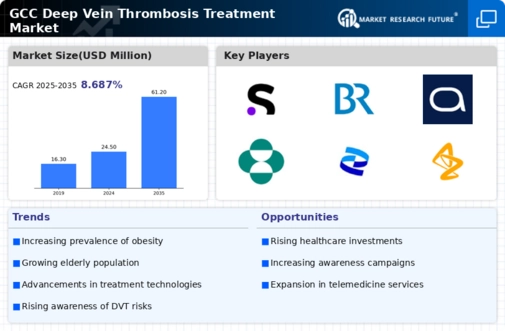
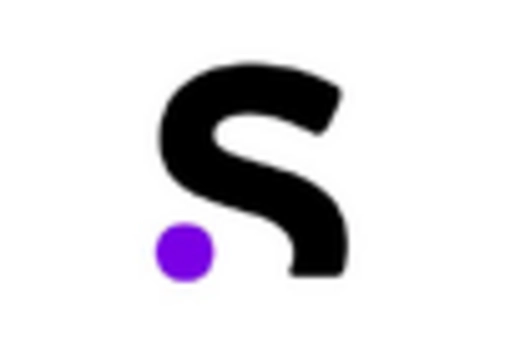





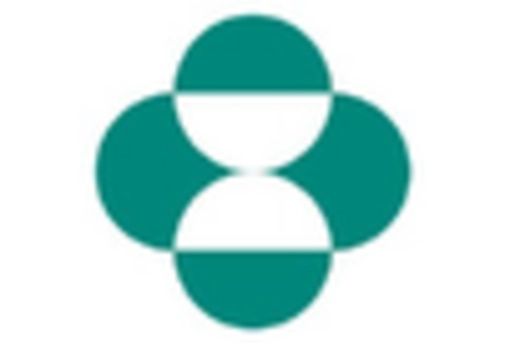
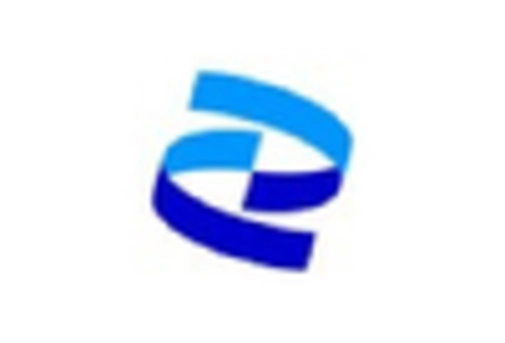
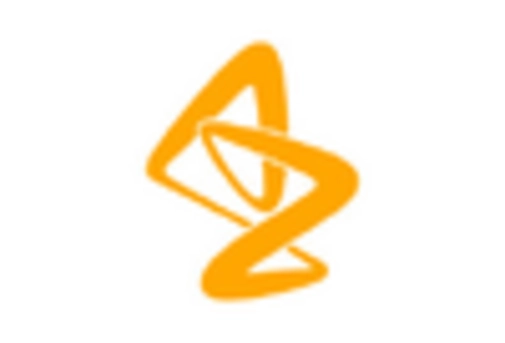


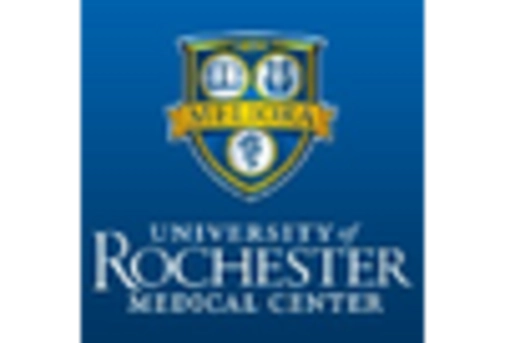








Leave a Comment